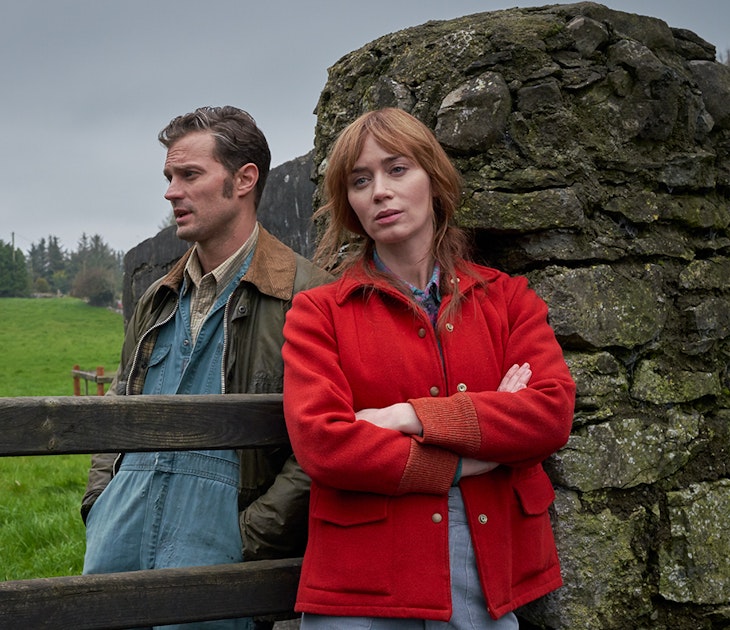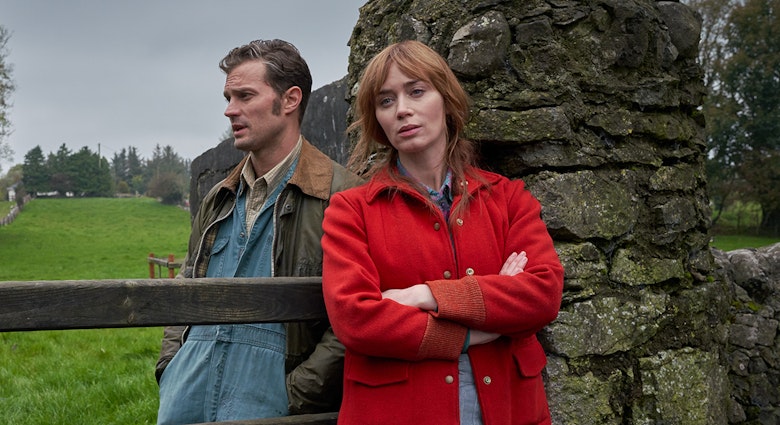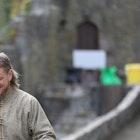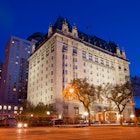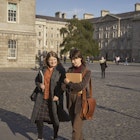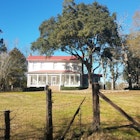While the western part of Ireland is known for its breathtaking mountain scenery, majestic sea cliffs and traditional Irish music and culture, the eastern half of the country, known as Ireland’s Ancient East, harbours a treasure trove of historical highlights ranging from prehistoric passage tombs to lively medieval towns and cities, magnificent monasteries and atmospheric ancient abbeys.

Kilkenny
At one time the unofficial capital of Ireland with its own Anglo-Norman parliament, Kilkenny today is one of the country’s liveliest cities, home to top restaurants, craft studios, great pubs and popular festivals of music, comedy and the arts. Kilkenny Castle, founded in 1172 by Richard de Clare (better known as Strongbow) and much extended in medieval and Victorian times, commands the city from a bluff above the River Nore. From here, Kilkenny’s ‘medieval mile’ stretches north along the bustling high street, past historic buildings such as Rothe House Museum, a 17th-century merchant’s town house, to the 9th-century round tower outside the magnificent Cathedral of St Canice, Ireland’s second-largest cathedral.
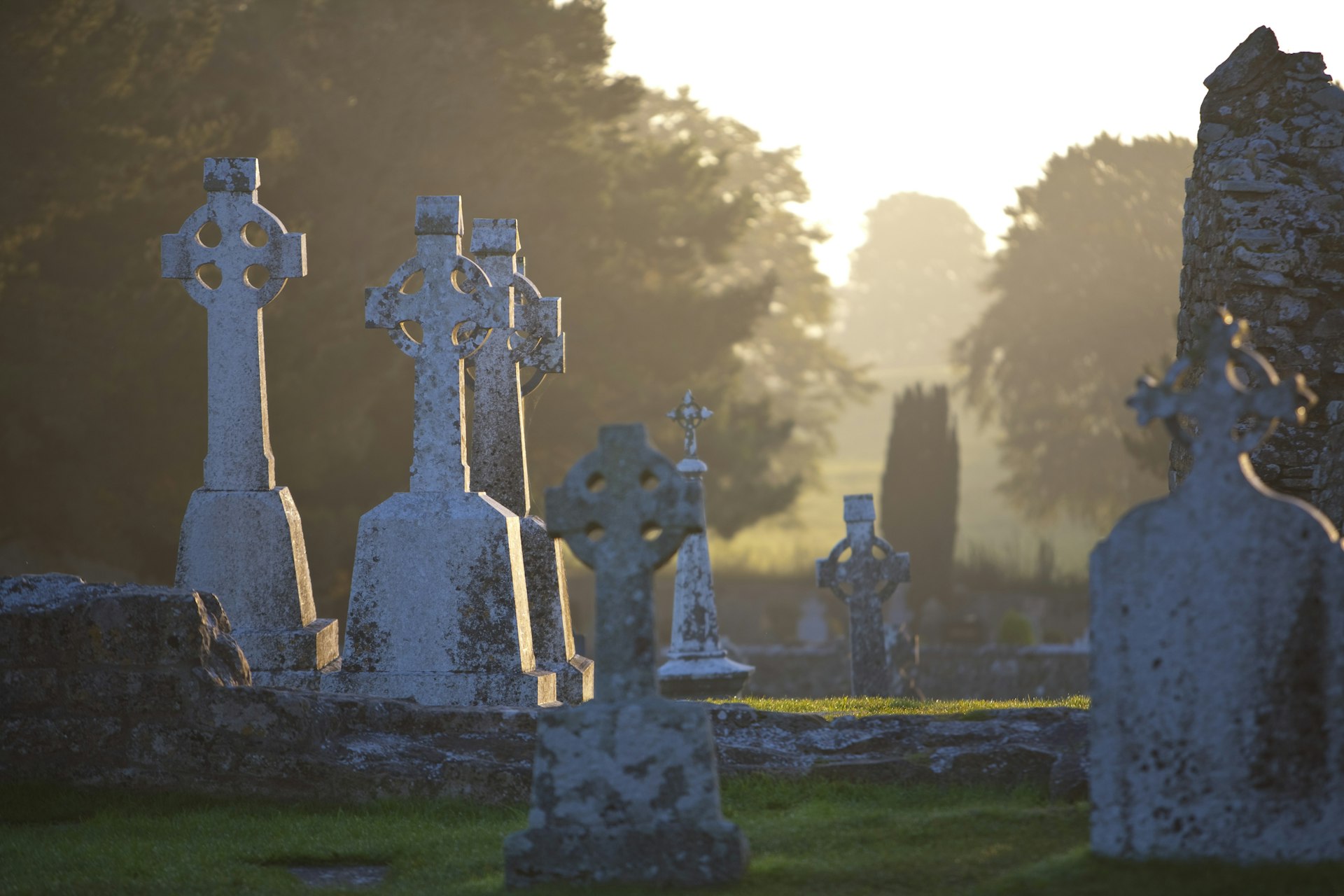
Clonmacnoise
Beautifully situated on the eastern bank of the River Shannon, Clonmacnoise is one of Ireland’s most important early Christian sites. Founded by St Ciaran in the 6th century, this monastic settlement was a major centre of Christian learning, attracting scholars from all over Europe, and was the burial place of many of the high kings of Ireland. You can wander amid the remains of a cathedral, seven churches and two round towers, and admire the Celtic-style carvings on three high crosses.
Brú na Bóinne
A thousand years older than Stonehenge, the vast Neolithic necropolis of Brú na Bóinne, a Unesco World Heritage Site, stands as testament to the artistic skills and mysterious beliefs of Ireland’s prehistoric peoples. Six centuries before the Great Pyramids of Egypt were raised, ancient sculptors carved beautiful spiral designs in the stones that guard the entrance to the great passage tomb of Newgrange, and decorated its walls with dazzling white quartzite brought from the Wicklow mountains, 70km to the south. And at dawn on 21 December, the winter solstice, the rising sun casts a shaft of light deep into the heart of the burial chamber.
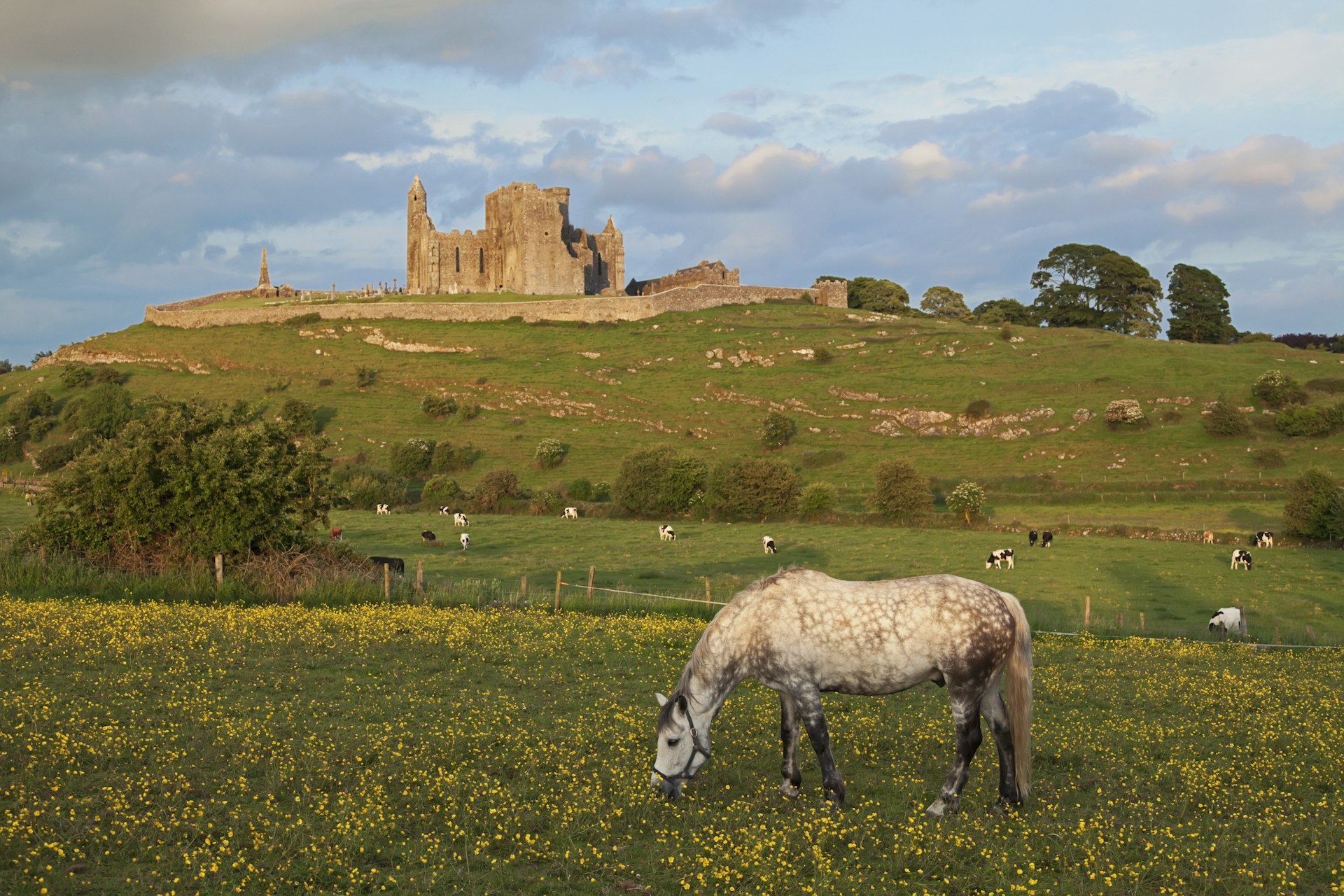
Rock of Cashel
This limestone crag, rearing spectacularly above the plains of County Tipperary, is said to be the place where King Aenghus of Munster was converted to Christianity sometime in the 5th century, baptised by no less a figure than St Patrick himself. The cluster of buildings perched atop the rock constitute one of Europe’s most remarkable concentrations of medieval architecture, and includes a 12th-century round tower, an impressive 13th-century Gothic cathedral and a 15th-century castle, as well as Cormac’s Chapel, a beautiful Romanesque church dating from the 12th century.
Waterford City
Ireland's oldest city celebrated its 1100th anniversary in 2014. Established as a Viking port around 914 and enclosed by city walls in the 13th century, Waterford became the most powerful city in medieval Ireland. Its historic heart is known as the Viking Triangle and houses three superb museums that chart the history of Ireland’s Middle Ages better than any other. The city is also home to the world-famous Waterford Crystal factory, and a Georgian theatre that hosts an international festival of light opera.
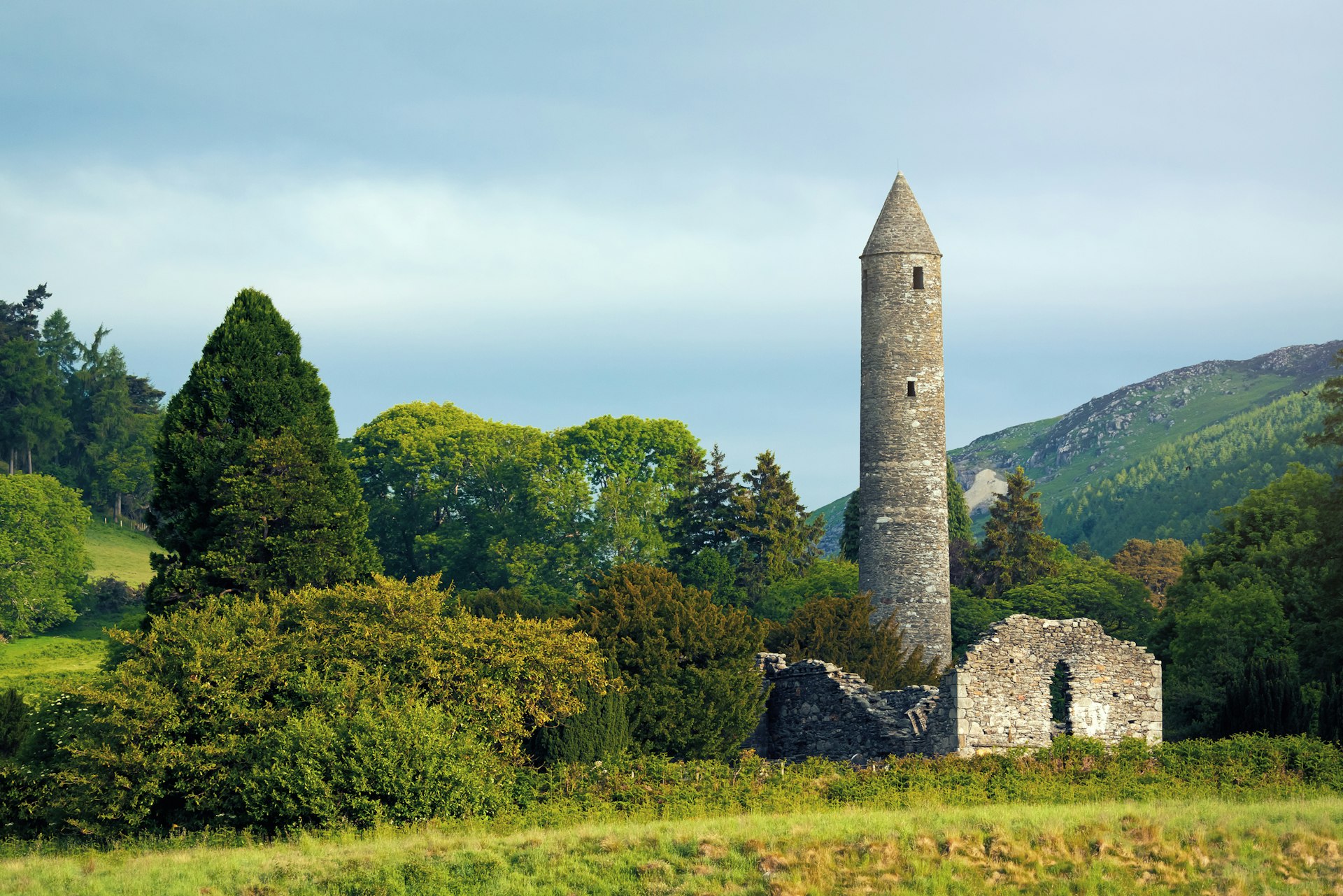
Glendalough
Set in prime hiking territory in the heart of the Wicklow Mountains National Park, this scenic glen ringed with granite crags is home to one of Ireland’s most beautiful early Christian sites. Founded by St Kevin in the 6th century, this monastic ‘city’ soon rivalled Clonmacnoise as a seat of learning, with its soaring 33m-tall round tower and cluster of Romanesque churches. The name means ‘valley of the two lakes’, and the monastery is the starting point for a lovely walk around the lower lough, as well as being a venue for October’s Wicklow Walking Festival.
Hill of Tara
County Meath’s Hill of Tara lies at the very heart of Irish history. Seen by the ancient druids as the dwelling place of the gods, it has one of the highest concentrations of Celtic monuments in all of Europe, ranging in date from Stone Age to Iron Age. It later became the ceremonial capital of the high kings of Ireland – no fewer than 142 kings came here to be crowned in the presence of the Lia Fáil (Stone of Destiny), which still stands atop a prehistoric burial mound.
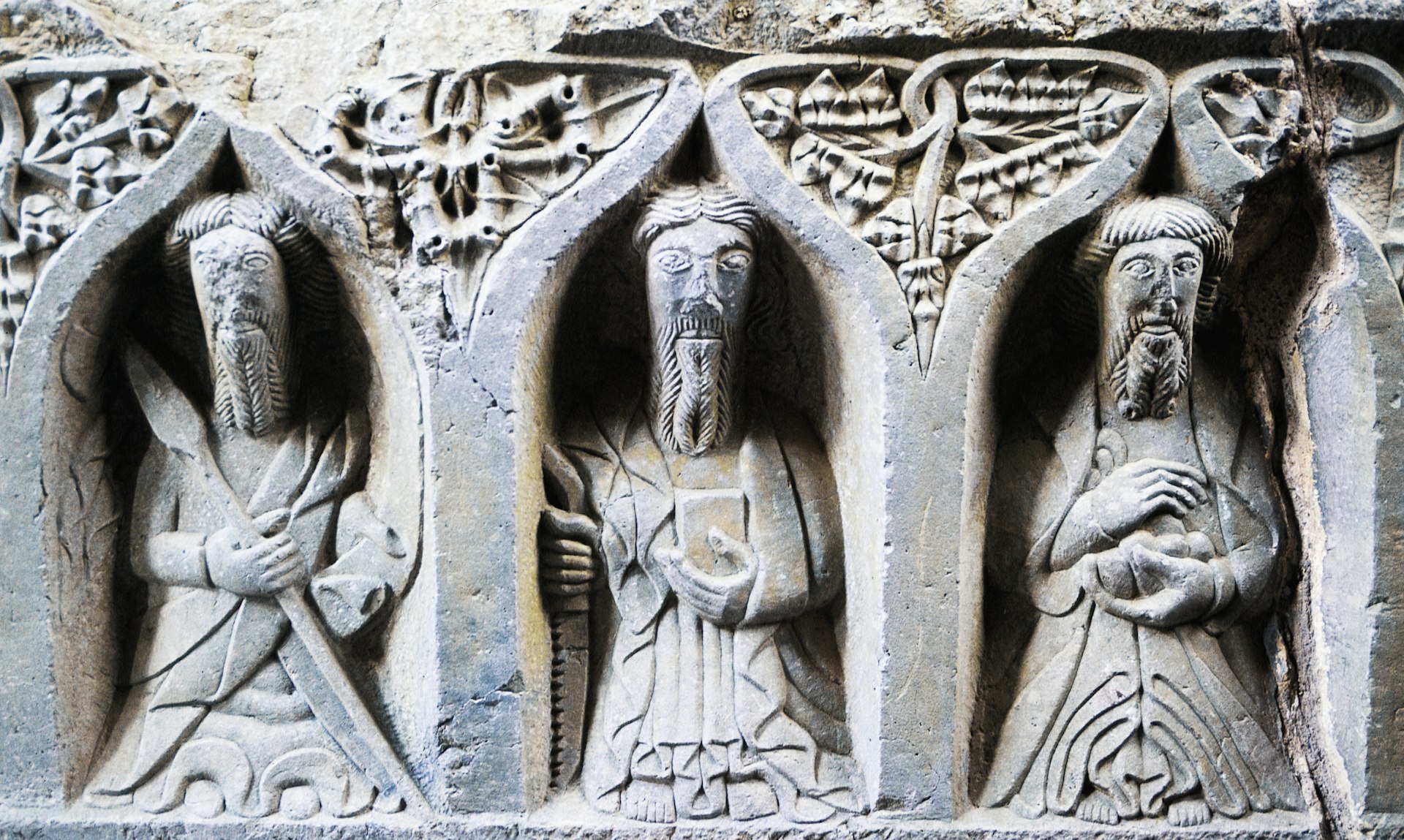
Jerpoint Abbey
One of dozens of ruined abbeys scattered throughout Ireland’s Ancient East, Jerpoint is quiet and atmospheric, and unusual in having preserved much of its decorative stonework. Carved pillars around the cloister bear the figures of knights in armour, saints and bishops, ladies in fine dresses and fantastical creatures, while even finer carvings adorn the medieval tombs of members of the powerful Butler and Walshe families. Nearby Thomastown preserves fragments of its medieval town walls, and offers tempting cafes, crafts shops and good trout fishing on the River Nore.
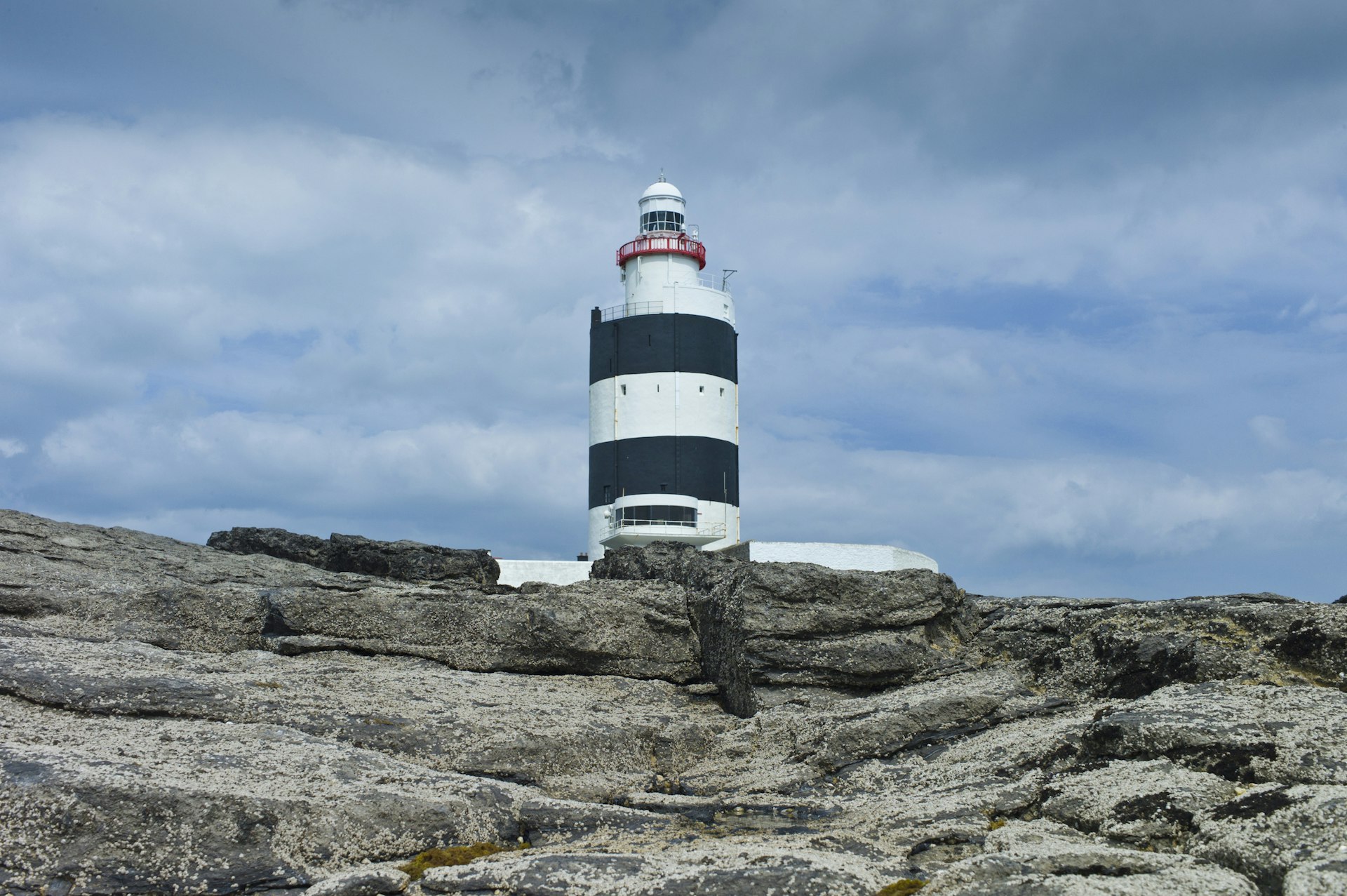
Hook Head Lighthouse
County Wexford in Ireland’s southeast corner is one of the country’s hidden gems, a picturesque rural region dotted with thatched cottages, fishing villages and ancient abbeys. The coast is lined with sandy beaches and, at the tip of Hook Head, is graced by the world’s oldest working lighthouse. It's said that monks first lit a beacon on this headland in the 5th century, but a permanent stone tower was built here in the 13th century and still stands today beneath the lighthouse’s neat black-and-white exterior.
Kells Priory
This Augustinian priory, some 20km south of Kilkenny city, is a fragment of a lost world where you can wander at will, with no crowds, set opening hours or admission fees – often, you will have the place to yourself. Medieval curtain walls spiked with seven defensive towers speak of a turbulent and violent past, and enclose a beautifully pastoral site on the banks of the Kings River where you can explore the remains of an Augustinian abbey church and several smaller chapels. A lovely waymarked walk links the site with the nearby village of Kells via the riverbank.


